Is your cat constantly scratching or biting at their fur? Are you noticing patches of hair missing on their head or body? While it can be concerning to see your cat in distress, there are luckily a number of home treatment for cat hair loss that can help keep them healthy and looking their best.
Cats are prideful pets who will often try to hide their discomfort from you. But once you notice a lot of itching, red skin, or excess shedding, it's time to step in and ensure that your cat is healthy and not suffering from stress or anxiety, a condition, or other uncomfortable issues — all of which can lead to hair loss.
What is Hair Loss in Cats?
Cat hair loss, or feline alopecia areata, involves the fur falling out in patches, chunks, or experiencing noticeable thinning, which is distinct from normal shedding. Here are some of the symptoms you'll commonly find associated with your pet's hair loss:
- Excessive licking and scratching
- Patches of missing fur or thinning fur
- More shedding than usual
- Tenderness
- Skin color change
- Scaling of the skin (psoriasis)
- Thickness or redness of the skins
- Weight loss and malnutrition (in severe cases)

What Causes Cat Hair Loss?
Hair loss in cats can be caused by a variety of factors. Identifying the underlying cause is crucial for proper treatment and to restore your cat's coat health. Common causes of feline hair loss include:
- Pregnancy: Hormonal changes during pregnancy can sometimes lead to temporary hair loss in cats.
- Parasites: Fleas, mites, and ticks can cause intense itching and scratching, leading to hair loss.
- Allergies: Cats can develop allergies to food, pollen, dust, or other environmental factors, resulting in hair loss and skin irritation.
- Infections: Bacterial or fungal infections, such as ringworm, can cause patches of hair loss.
- Stress and Anxiety: Emotional distress can lead to excessive grooming, resulting in hair loss.
- Hormonal Imbalances: Conditions like hyperthyroidism or Cushing's disease can cause thinning hair or bald patches.
- Poor Nutrition: A lack of essential nutrients in a cat's diet can affect coat health and lead to hair loss.
- Genetics: Some cats are genetically predisposed to hair loss.
- Severe Health Conditions: Conditions such as skin cancer and autoimmune diseases can lead to significant hair loss as a symptom or due to treatments like chemotherapy.
- Excessive Heat: Exposure to high temperatures can lead to dehydration and dry skin, causing hair to become brittle and fall out.

Home Remedies for Hair Loss in Cats
Are you continuously looking for cat hair loss remedies? If you're unable to get to a vet, there are luckily many remedies that can minimize cat hair loss at home.
Flea Repellent
Since fleas can cause a lot of skin irritation, creating an effective flea repellent treatment will keep your cat from excessive scratching. This will give them a sense of relief and a break from these irritable pests while you find a more permanent way to eliminate them from your home.
The homemade spray, called Pyrethrum, is made of dried African Chrysanthemum flower heads, which are crushed into a powder. This is also found in aerosol foggers and existing flea sprays. To create this pest remedy, crush the flower heads into a fine powder. Grab two handfuls and put them into one liter of hot water for an hour.
Blend this mixture until it turns into a puree that can be poured into a spray bottle. Spray it all over your cat, avoiding their eyes, mouth, and inner ears. Other natural flea repellents include garlic, brewer's test tablets, and apple cider vinegar. These household items give your cat a particular smell on their skin that fleas dislike.
Related Article: Home Remedies for Fleas on Cats [Helpful Tips Inside!]
Regular Bathing
Using a cat shampoo with natural ingredients, regular bathing is a great at-home treatment and can get rid of your cat's excess hair. This reduces shedding and will also keep them from over-grooming certain areas. Add chamomile to your cat's bath to promote healthy skin and reduce dandruff from dry skin.

The addition of nettle can also inspire healthy fur and skin. You can also soothe itchy skin with oatmeal. This can relieve dryness as well. Leave a mixture of oatmeal and water on your cat's skin for about 10 minutes before rinsing it off with warm water. If you can get approval from a vet, try treating hot spots with Listerine, baby oil, and water.
CBD Cat Products
If your vet associates agitation or nervousness with your cat's hair loss, you may want to try CBD cat treats, oil tinctures, or capsules. All-natural CBD cat products react with the cannabinoid receptors in your cat's Endocannabinoid System (ECS). Some of these receptors are involved with nerve development, soreness, immune function, and discomfort.
Using CBD may stimulate these receptors and promote calmness throughout the body. A calm relaxed cat is less likely to entertain nervous behaviors such as excessive grooming. If you are wondering how much CBD to provide your cat, or if you want to learn more, check out our CBD dosing chart.
Related Article: 8 Ways to Give Your Cat CBD Oil [Tips and Tricks]
Switch Cat Foods
If your cat is experiencing hair loss due to an allergy, their food is often the culprit. Cat allergies are usually linked to the protein source, such as beef or chicken. Some cats are also allergic to grains and corn. Cats are often allergic to dairy and eggs, according to Tufts University's Cummings Veterinary Medical Center. You'll often notice if your cat has a food allergy between the ages of two and six.
Food allergy symptoms include itchy skin, reddened skin, hair loss, and even vomiting, diarrhea, and a loss of appetite. You may need to switch to hypoallergenic cat food, but ask your vet for more insight.

Preventing Hair Loss In Cats
There are a few different ways to prevent hair loss at home and it's all about noticing the signs and symptoms before it becomes a bigger problem. If you start to see your cat biting and pulling at their fur a lot, do an examination of their skin and fur at least a couple times a week.
By using a fine-toothed comb, you'll be able to closely examine specific sections for hair loss and skin problems while also revealing pests like fleas. You should also make sure their bedding, cat trees, and other popular destinations within your home are closely examined for any possible correlation.

Alternative Cat Hair Loss Treatment
Alternative treatments for hair loss in cats can provide additional support alongside conventional veterinary care. These treatments often focus on natural remedies and lifestyle changes to improve skin and fur health.
- Diet and Nutrition: Ensuring a healthy diet rich in essential nutrients such as vitamins, minerals, and fatty acids is crucial. Incorporating dietary supplements like fish oil, which contains omega-3 fatty acids, can help improve coat health and reduce inflammation.
- Essential Oils: Certain essential oils, such as coconut oil and lavender oil, can be beneficial when applied topically. These oils have antifungal and soothing properties that can help alleviate skin irritation and promote healthy fur growth.
- Stress Reduction: Managing stress through environmental enrichment, regular play, and interaction is important. Stress can exacerbate hair loss, so techniques like aromatherapy with calming scents can be beneficial.
- Herbal Remedies: Herbs like aloe vera and ginseng may support skin health and reduce hair loss. Aloe vera, in particular, has anti-inflammatory and healing properties that can soothe irritated skin.
- Topical Treatments: Natural topical treatments, such as shampoos containing tea tree oil or apple cider vinegar rinses, can help manage dandruff and fungal infections. These treatments can maintain a healthy scalp environment and reduce hair shedding.

Final Thoughts - Home Remedies for Cat Hair Loss
Hair loss in cats can be caused by a lot of conditions, pests, and behavioral issues, so it's important to bring your cat to the vet to identify the source. Fortunately, there are many home remedies for cats, hopefully, these hair loss remedies will leave your cat feeling relieved and have their hair looking healthy once again. Find more info here.







![Probiotics For Dogs [Soft Chews] - HolistaPet](http://www.holistapet.com/cdn/shop/files/Probiotic-Infographic-1_472d7a29-e30c-435a-9638-1365d8c3a9f9.jpg?v=1725384841&width=104)
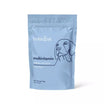












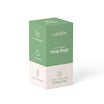


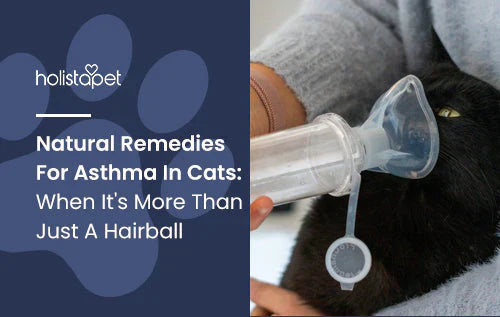


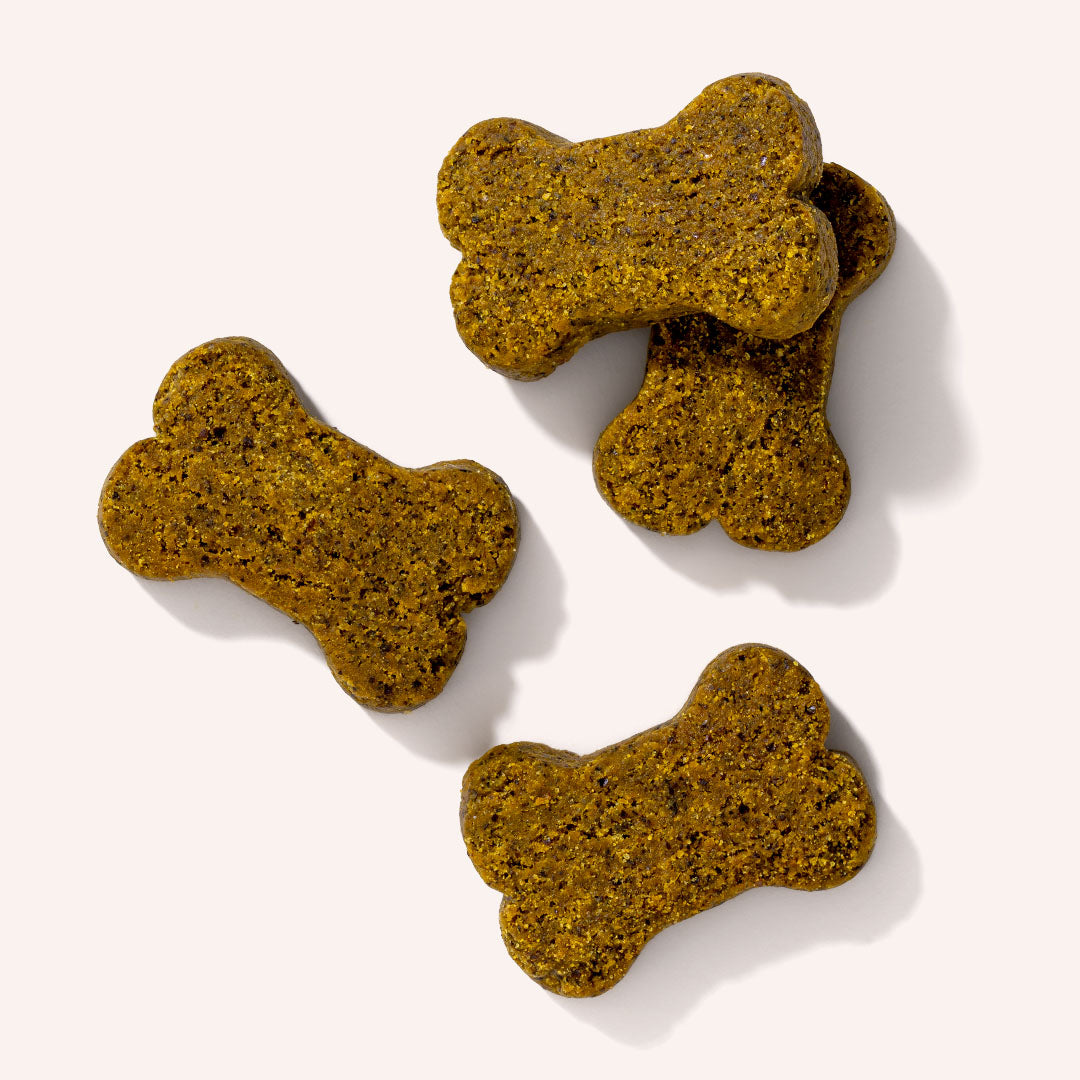
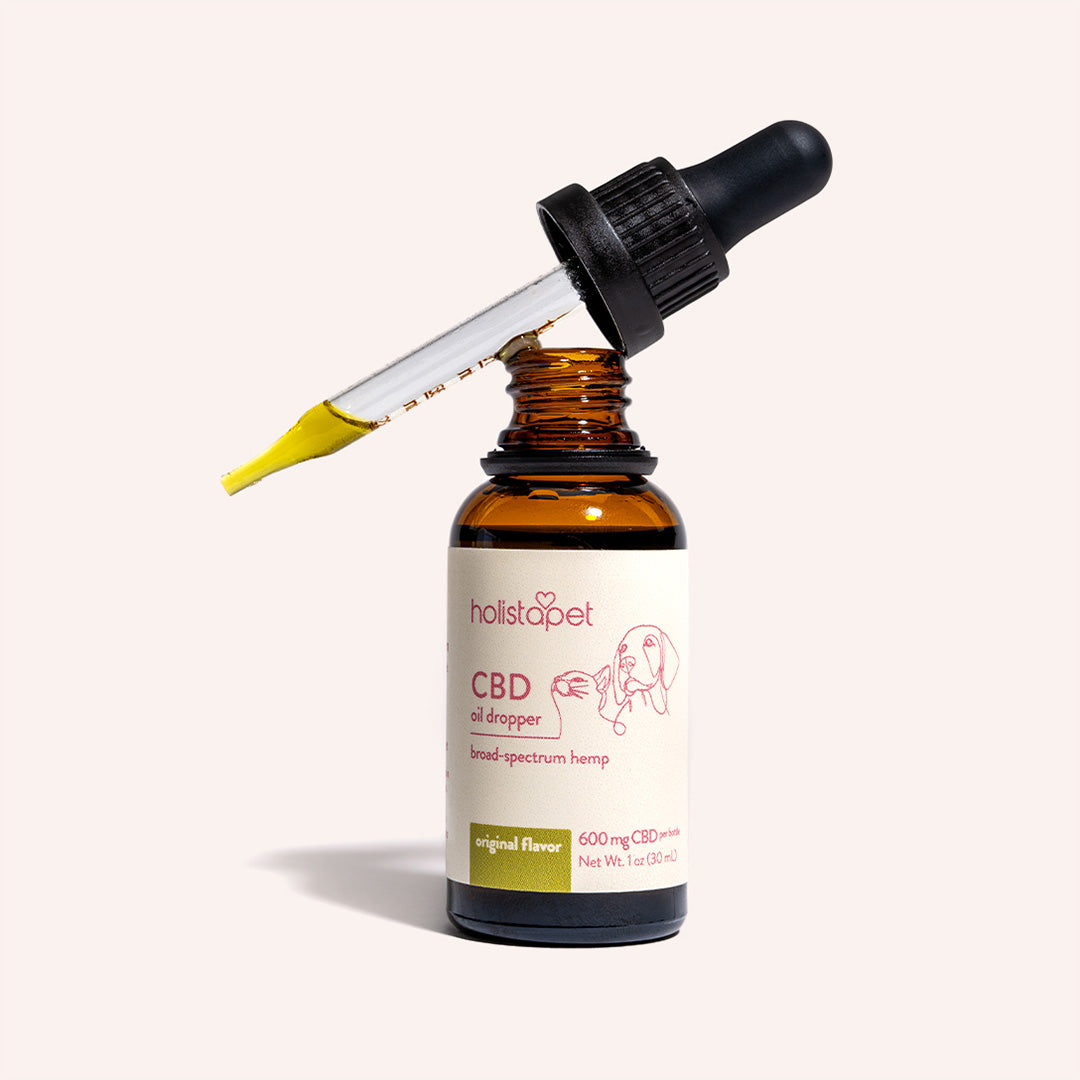
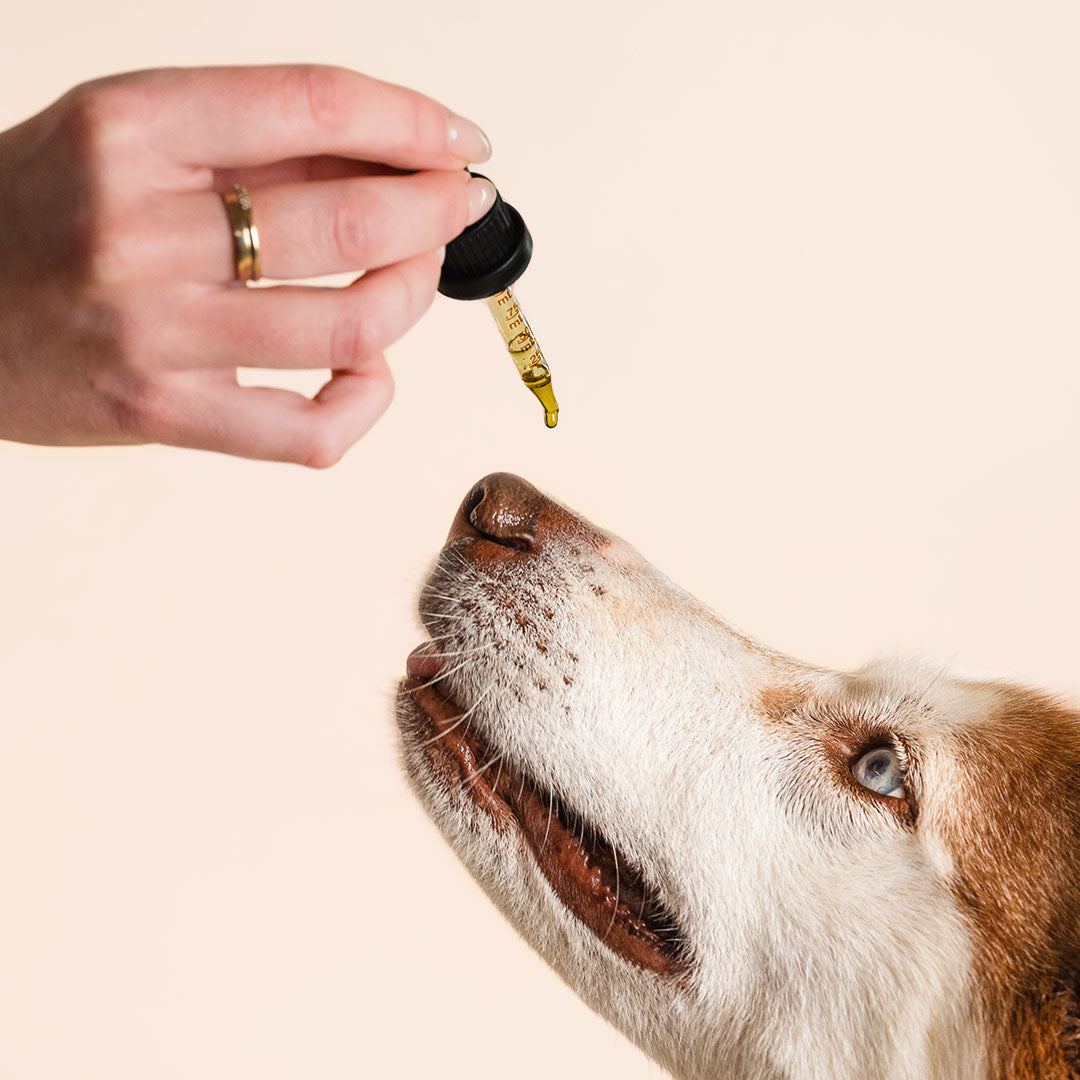
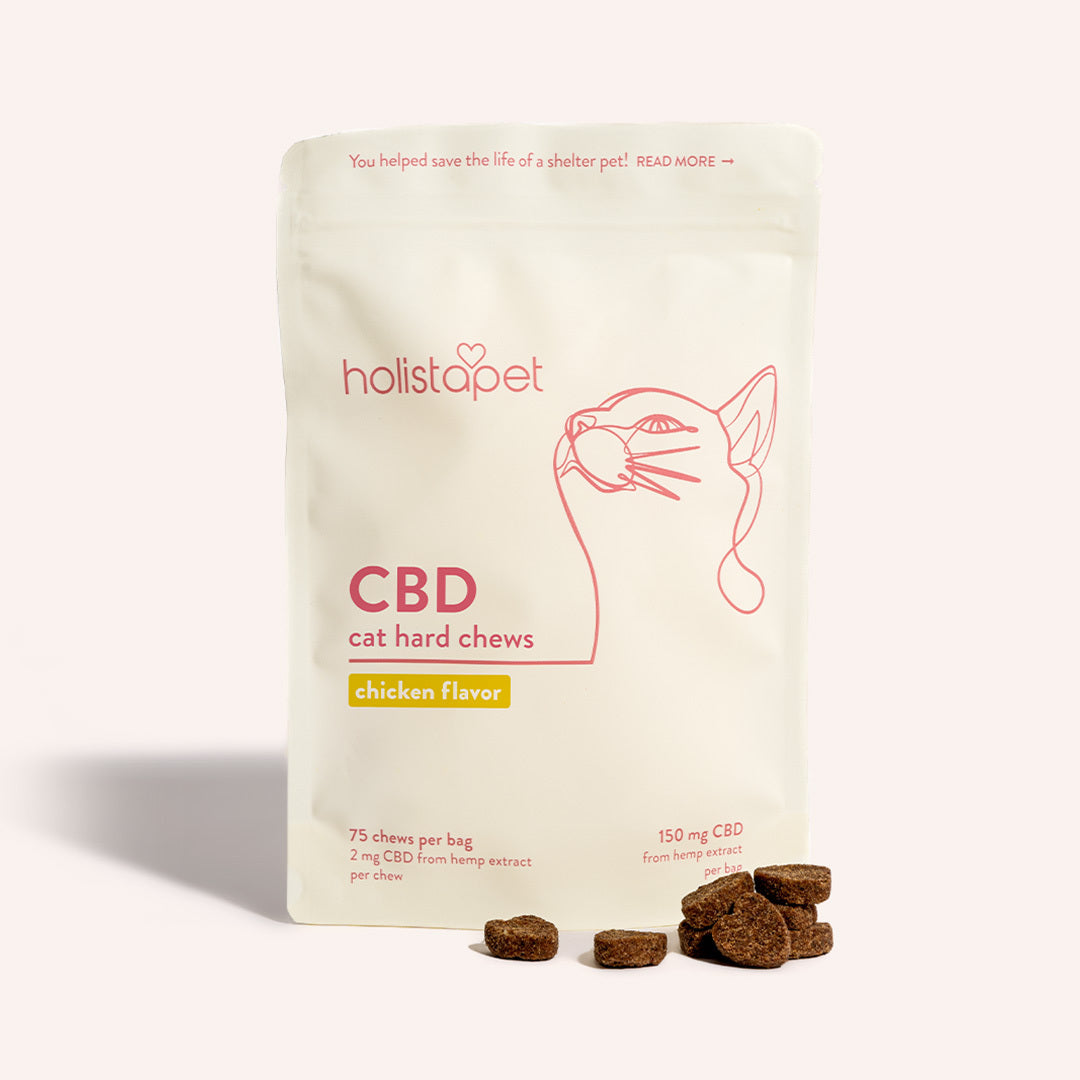


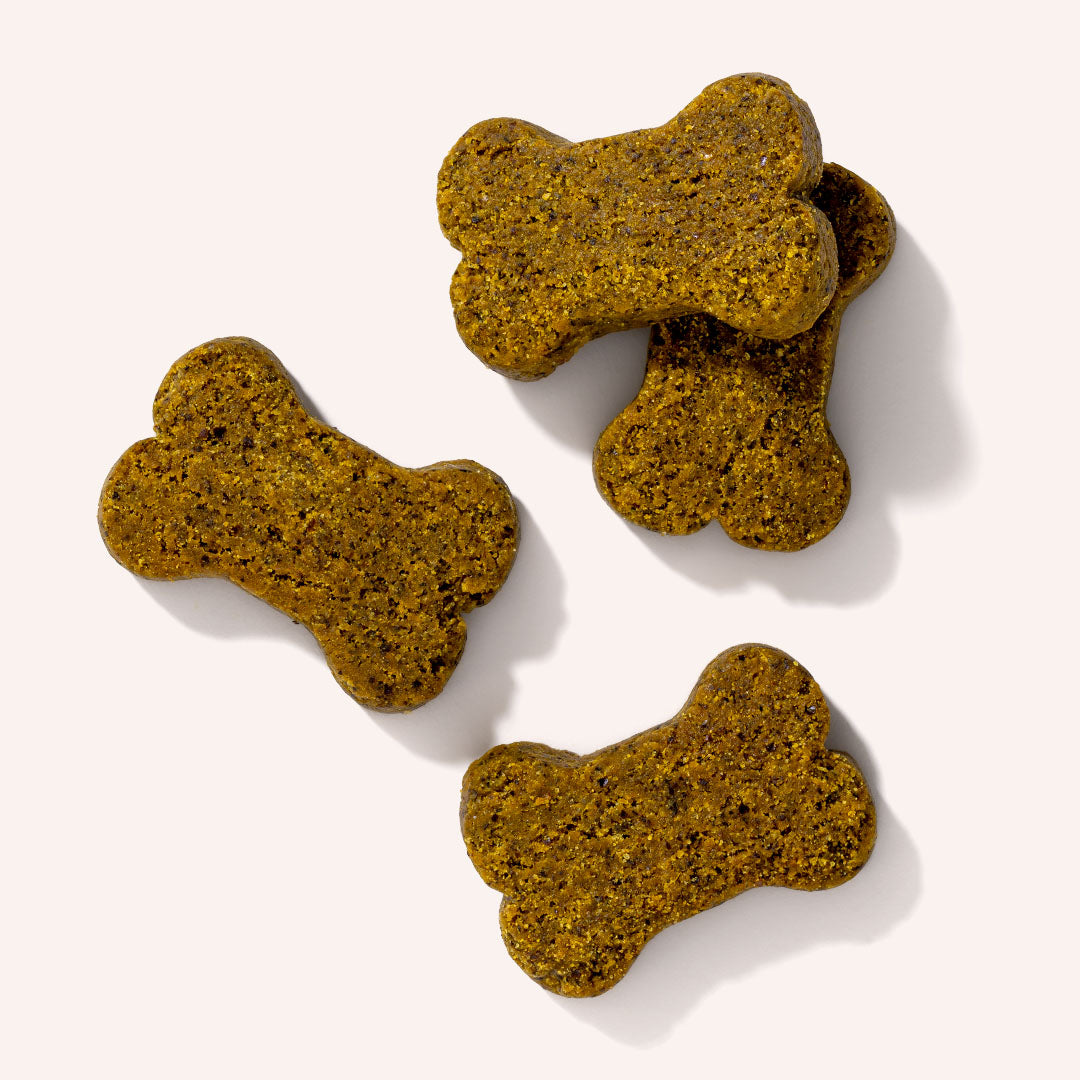

Leave a comment
All comments are moderated before being published.
This site is protected by hCaptcha and the hCaptcha Privacy Policy and Terms of Service apply.